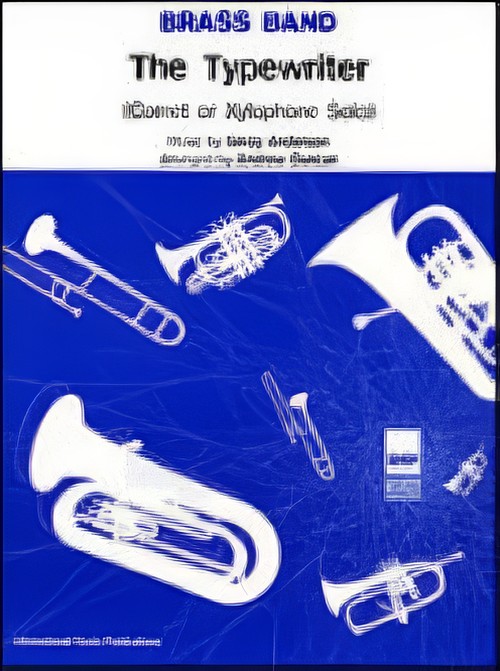Results
-
 £35.00
£35.00Slipping Through My Fingers (Baritone Solo with Brass Band) - Andersson & Ulvaeus - Baker, Leigh
This heartfelt ABBA number has been expertly arranged by Leigh Baker for Baritone Solo with Brass Band
Estimated dispatch 7-14 working days
-
 £26.50
£26.50 -
 £37.95
£37.95SUGAR BLUES (Cornet Solo with Brass Band - Score and Parts) - Morrison, Alan
Cornet Solo with Brass Band
Estimated dispatch 7-14 working days
-
 £37.95
£37.95SWAN (Tenor Horn/Brass Band) - Saint-Saens, Camille - Hanmer, Ronald
Tenor Horn Solo & Brass Band. A separate Piano Accompaniment edition is also available. Solo UK Grade 5
Estimated dispatch 7-14 working days
-
£30.00
TEARS IN HEAVEN (Flugel Horn Solo with Brass Band) - Robson, Steve
The Eric Clapton all time classic song brought to life as a beautiful flugel solo with brass band accompaniment
Estimated dispatch 7-14 working days
-
 £26.50
£26.50The Imp (Eb Bass Solo with Brass Band) - Stephens, Denzil
Eb Bass Solo with Brass Band
Estimated dispatch 7-14 working days
-
 £27.95
£27.95Toreador's Song (Trombone or Euphonium Solo with Brass Band - Score and Parts) - Bizet, Georges - Gay, Bram
for Tenor Trombone, Bass Trombone, Euphonium or Baritone Solo with Brass Band.
Estimated dispatch 7-14 working days
-
 £26.50
£26.50 -
 £40.00
£40.00Typewriter (Cornet or Xylophone Solo with Brass Band - Score and Parts) - Anderson, Leroy - Duncan, Andrew
A great chance to show off your Cornet or Xylophone soloist an this Leroy Anderson classic.Leroy Anderson has provided a collosal number of popular pieces. The Typewriter, arranged for brass band by Andrew Duncan as a cornet or xylophone solo, is probably most recognised now as the theme tune to the long-running BBC Radio 4 show "The News Quiz".Suitable for Advanced Youth/3rd Section Bands and aboveDuration: 4.00
Estimated dispatch 7-14 working days
-
 £33.00
£33.00Waterlilies (Solo cornet/Brass Band)
Cornet Solo with Brass Band
Estimated dispatch 7-14 working days
